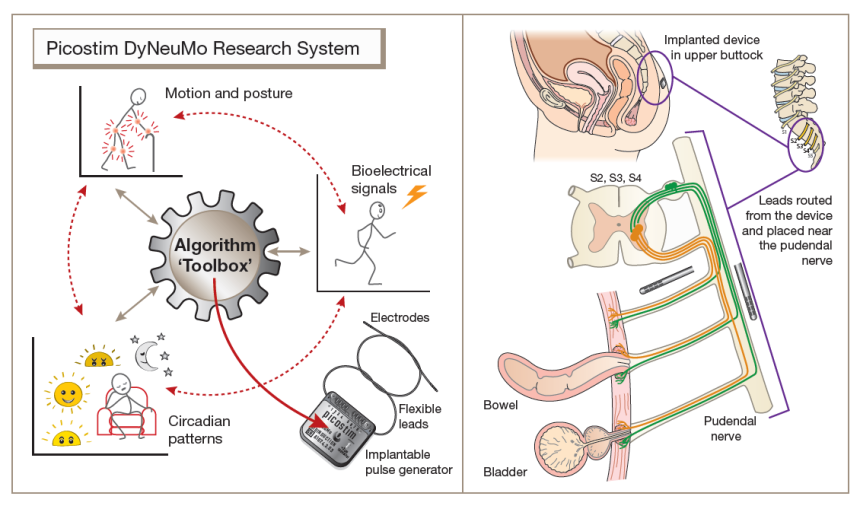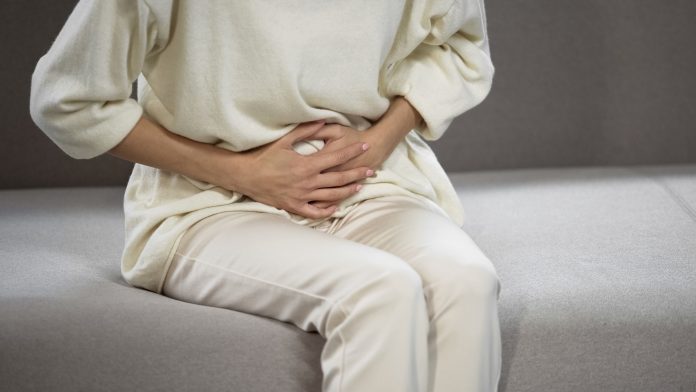In a current incontinence treatment, researchers are exploring how to physically regulate bladder function through bioelectrical implant signals
Researchers from Amber Therapeutics are currently doing clinical trials of a therapy involving implanting a device which can sense, interpret, adapt, and respond to individual patient signals, to restore normal bladder function.
By directly regulating the urge to empty the bladder – known as ‘urge incontinence’ – as well as increased resistance to urine leakage caused by activities such as coughing or lifting – ‘mixed urinary incontinence’, this incontinence treatment could cover all the areas of the condition.
A minimally invasive surgical procedure
How does this device work? It is inserted in the participants’ pelvic region using a minimally invasive surgical procedure which targets the nerve that directly controls continence.
So far, there have been 5 patients who have safely received an implant with the ‘Picostim-DyNeuMo’, the incontinence treatment device.
Picostim-DyNeuMo uses an adaptive algorithm to run continuously in an at-home setting.
Professor Tim Denison said: “Modern bioelectronic systems have the unique capability to measure physiological signals and adjust stimulation in real-time. In partnership with clinicians, we can create novel adaptive, reflex-like algorithms for exploring new therapies.
“The flexibility of these systems allows us to use software updates to configure to different disease states. This study builds on the prior trial in Multiple System Atrophy and paves the way for emerging therapies in generalized epilepsy and chronic pain.”

Incontinence affects 8.5% of the global population
Developed in collaboration between Bioinduction Ltd, and Professor Tim Denison, RAEng Chair in Emerging Technology at the Department of Engineering Science and Nuffield Department of Clinical Neurosciences, the Picostim-DyNeuMo research system was first used on the treatment of Parkinson’s-like multiple system atrophy
This incontinence treatment actually has the potential to treat numerous other conditions including epilepsy and chronic pain.
“With our adaptive therapy, we finally have the potential to control both forms of continence”
Stefan De Wachter, Professor of Urology at Antwerp University and leading investigator for the study, said: “Most of the current available implanted therapies for incontinence are static (tapes, slings) or can only influence the bladder indirectly (such as sacral or tibial stimulation).
“In this trial, we stimulate the pudendal nerve, the natural pathway of continence control, and can reinforce the existing physiologic reflexes when they are needed. With our adaptive therapy, we finally have the potential to control both forms of continence: relaxing the bladder to treat urge and closing the sphincter to treat stress incontinence.”
Several UK universities are now collaborating on applying the tool for experimental medicine. The remaining participants of this study will be enrolled during the first half of 2023.








